Cracking
Phenomenon Cracks or lines of various lengths and widths in the topcoat finish often resembling the cracking of dried mud. Cause A. Excessive film thickness of the undercoat and/or topcoat...
Read more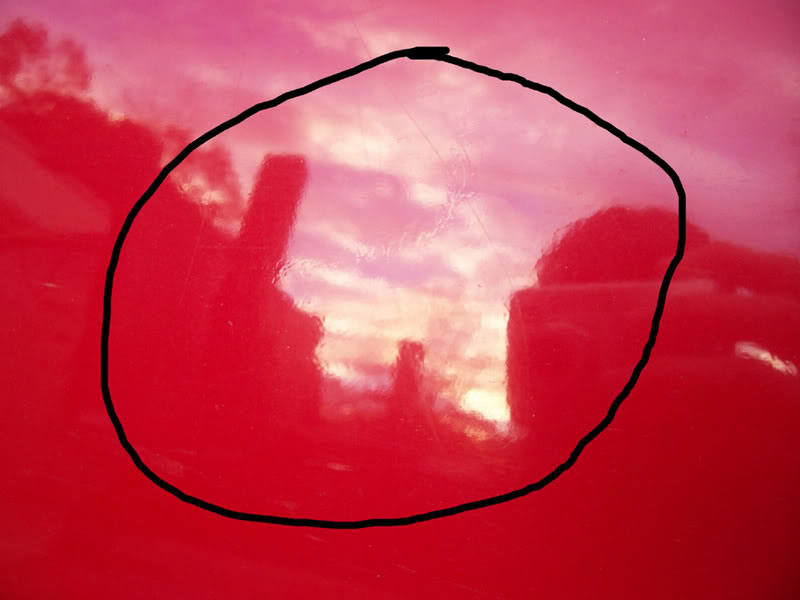
Phenomenon The paint film is soft to the touch, and will fingerprint or waterspot within hours/days after application. Cause A. Excessive film thickness. B. Low temperature and high humidity. C....
Read more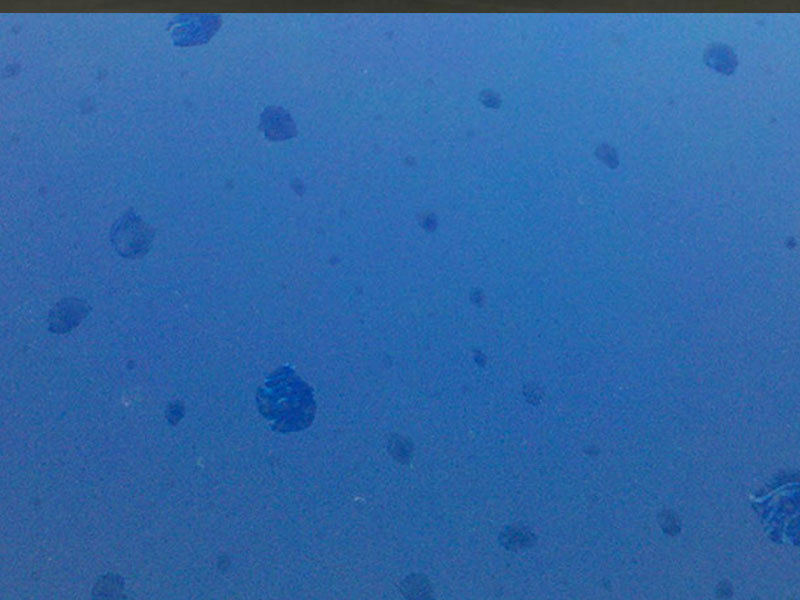
Phenomenon Circles with raised edges or whitish spots resembling water droplets appear on the surface of the paint film. Cause Getting wet or rained before the paint film thoroughly dried....
Read more
Phenomenon Mixed pigments are separated during drying and occur inequality of color. Cause Dispersibility of pigment, mixing property of resin and solubility of thinner. Repair Remove the damaged part and...
Read more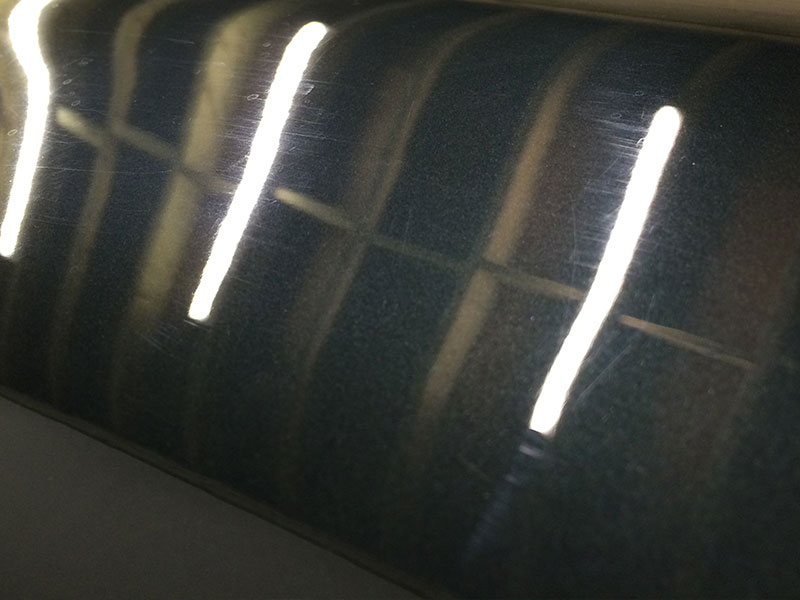
Phenomenon Sanding marks of the previous paint film appear on the new paint film after drying. Cause A. Improper preparation of the substrate. B. Sanding with too coarse sandpaper. C....
Read more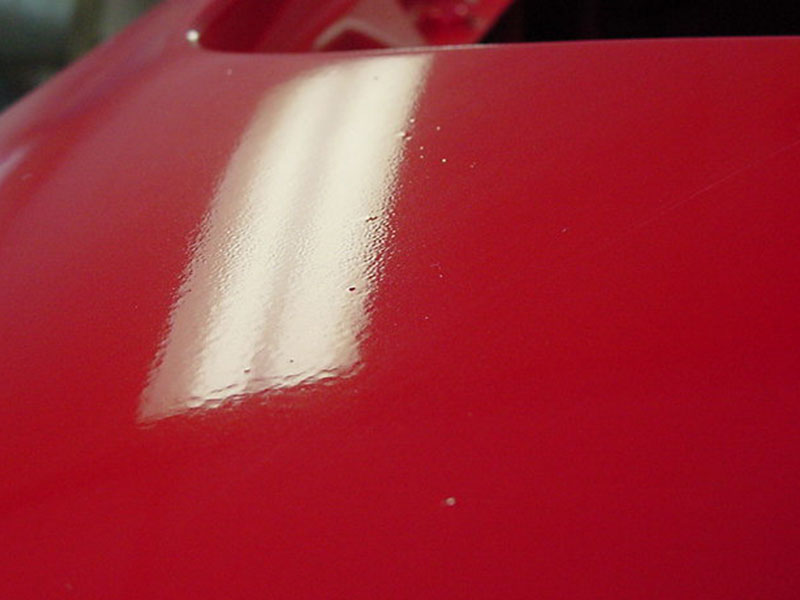
Phenomenon Dried film has surface like orange peel. Cause A. Too high air pressure or air blowing with spray gun before the film cured. B. Adding not enough thinner to...
Read more
Phenomenon Discoloration of the topcoat on the area repaired with polyester putty. Cause A. Polyester putty are not soluble in topcoat solvent and it makes boundary with the topcoat film....
Read more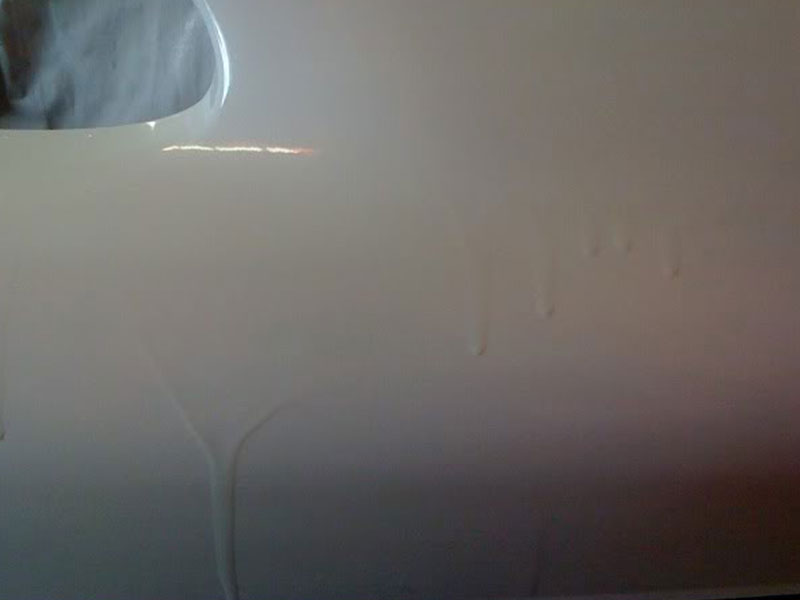
Phenomenon Film is partly sagged by irregular flows when applying an excessive amount of paint at once. Cause A. Diluting the paint too much. B. Using slow type solvent too...
Read more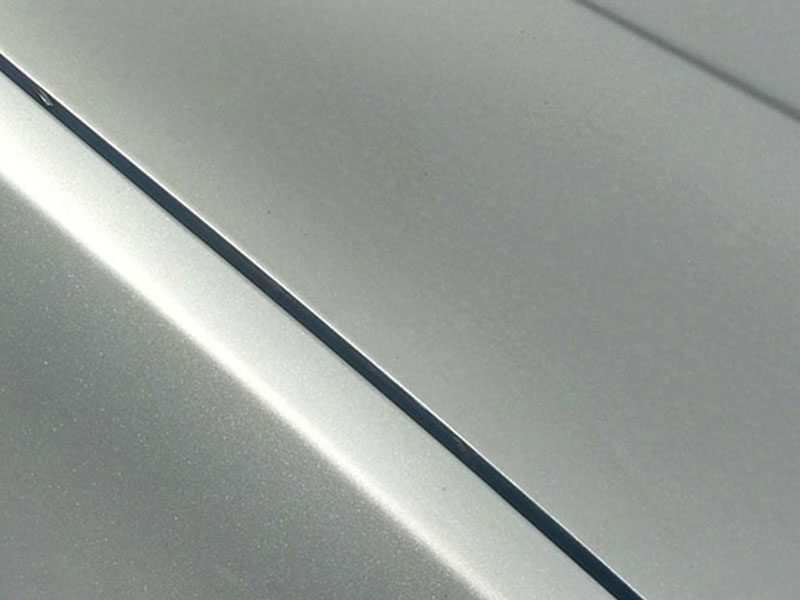
Phenomenon Film loses its gloss and clarity during drying. Cause A. Polish with compound before the thinner evaporated B. Improper preparation of substrate. C. Using improper thinner. Repair A. Dry...
Read more